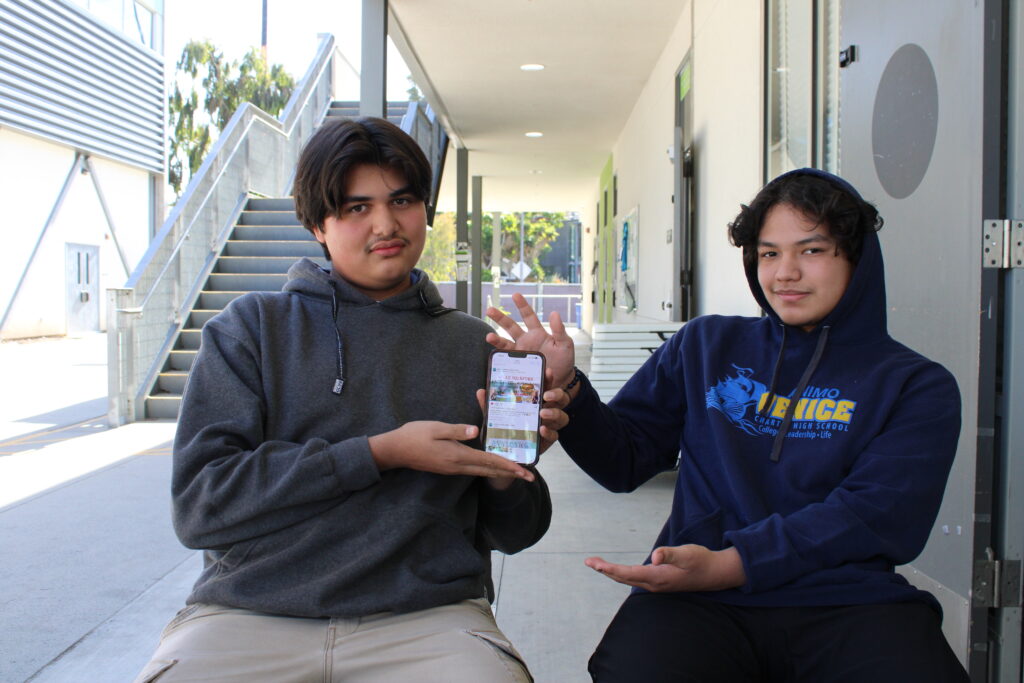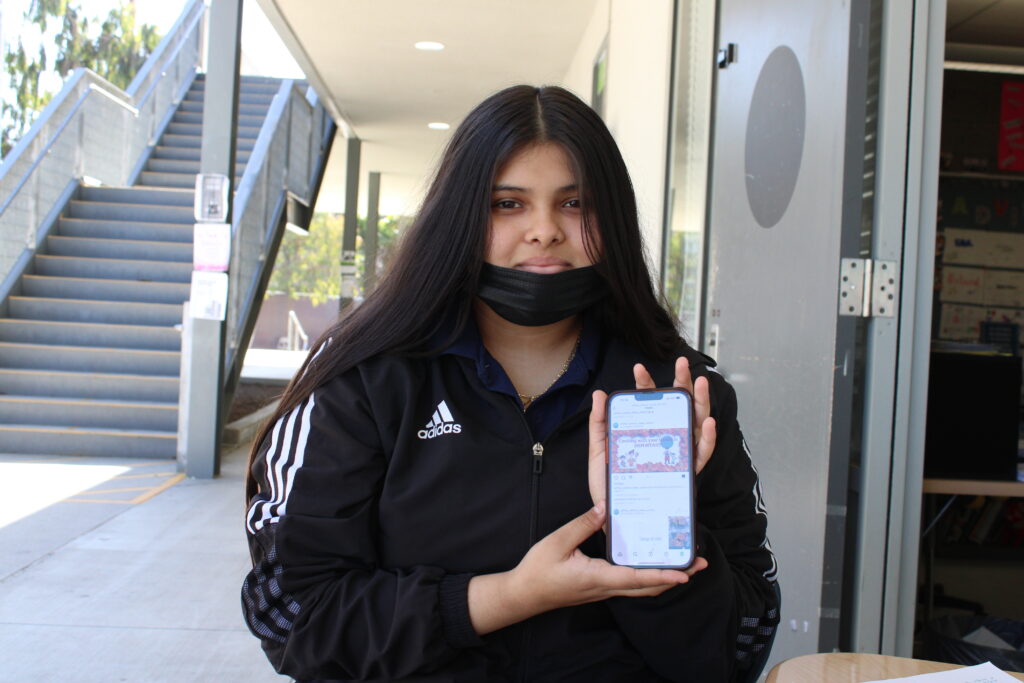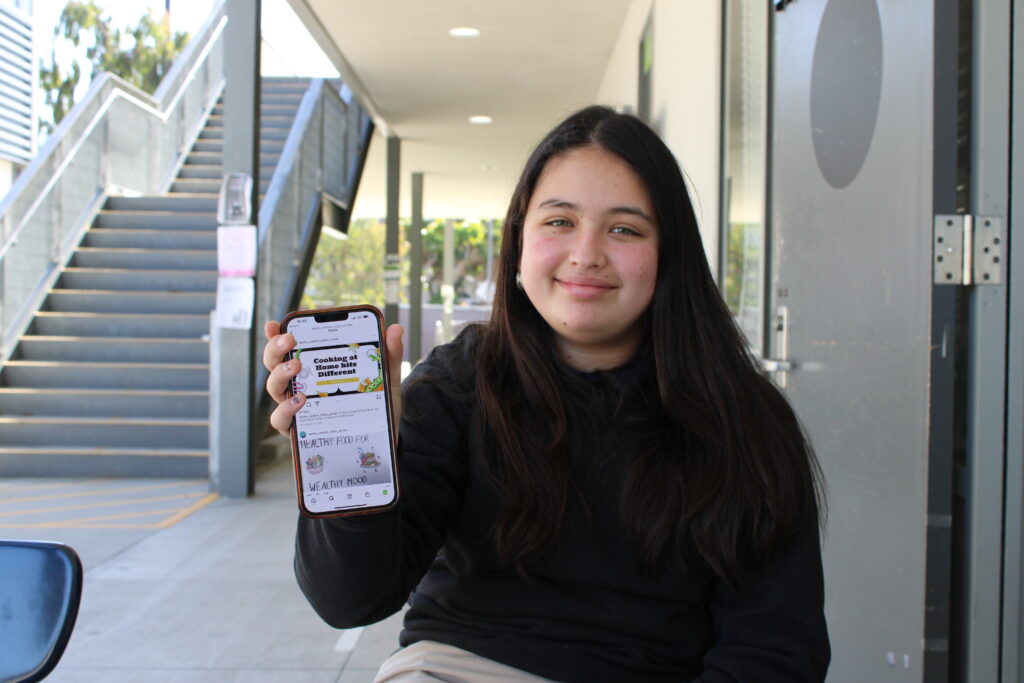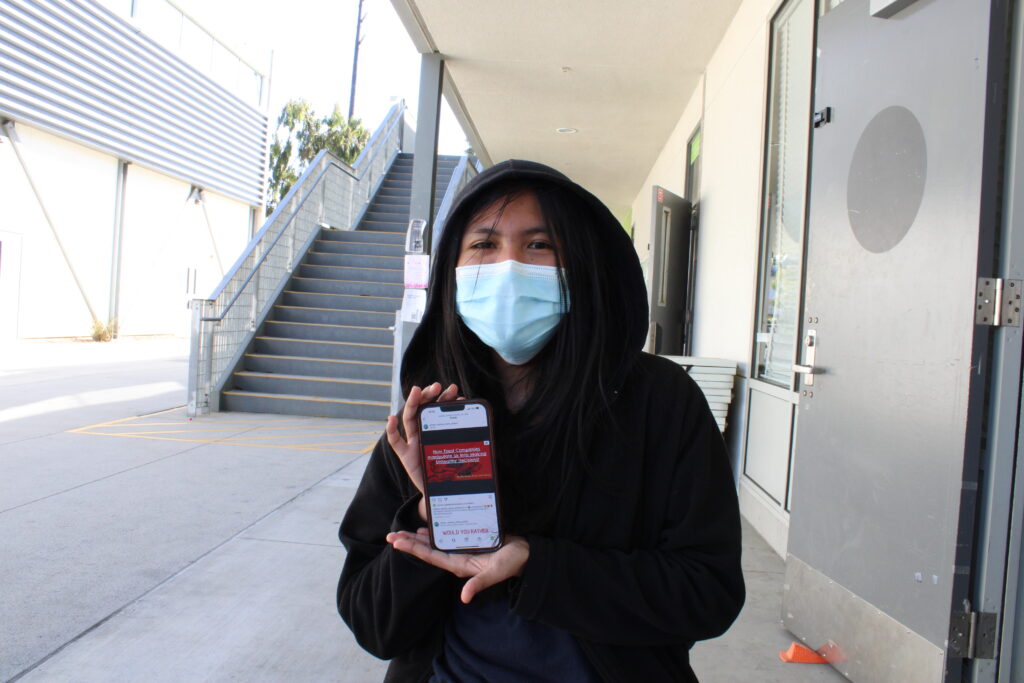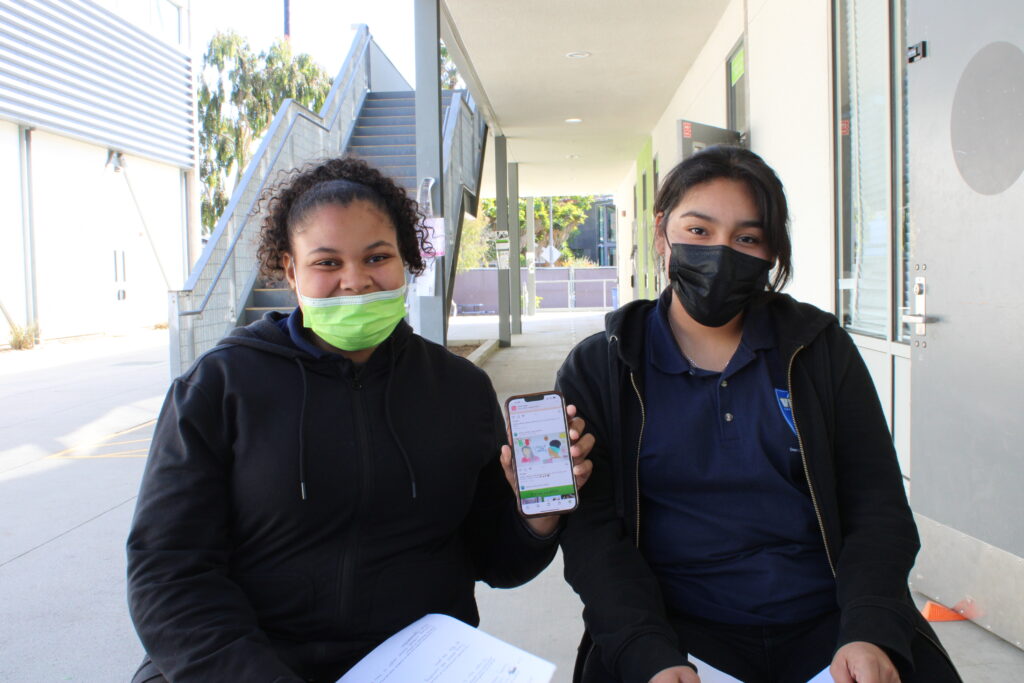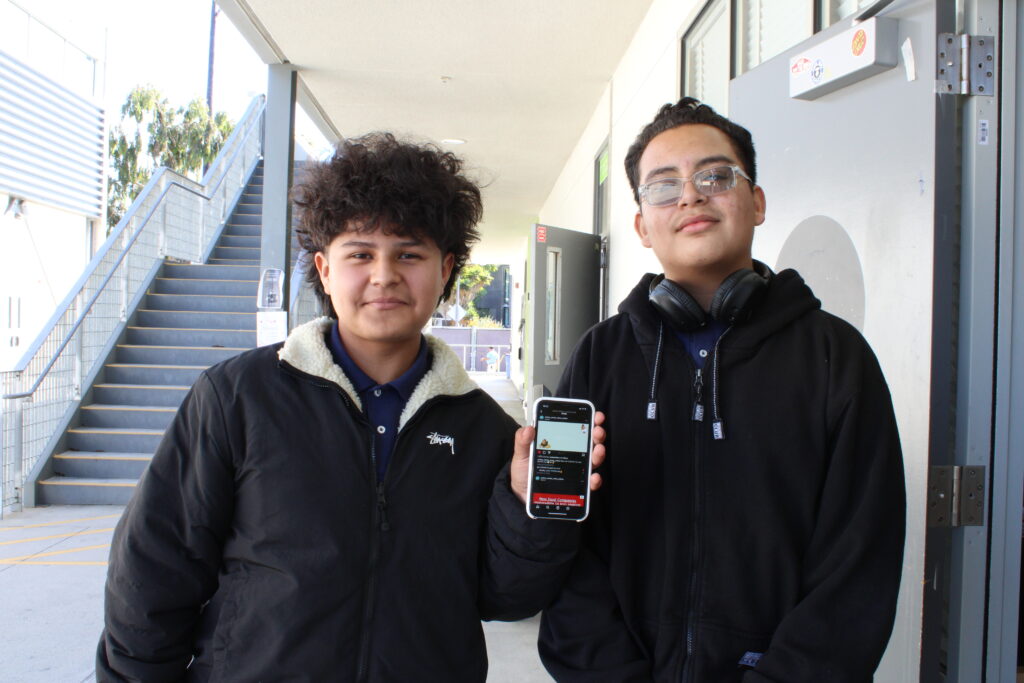More Than a Project: How this English Teacher Uses Social Media for Action-Based Learning
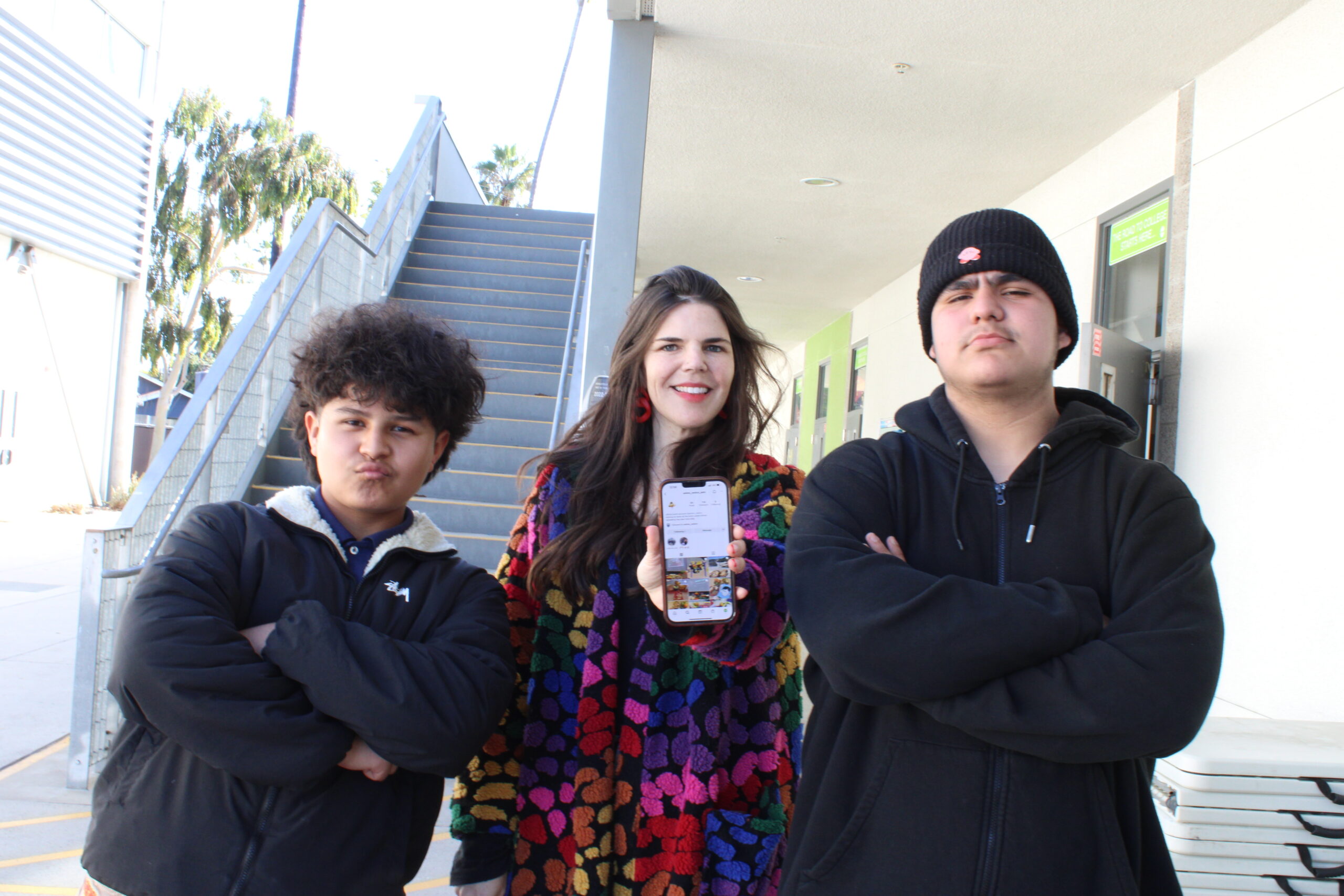
From sharing our thoughts, influencing our shopping, or how we organize our social lives, social media can shift the way we connect with each other. For Ánimo Venice Charter High School teacher Mary Tang, it has catapulted her annual student’s English composition project to an online format, where students build community and develop their voice.
During Ánimo Venice’s Summer Bridge programming of 2022, teachers and administrators set out to improve their school lunch experience. According to the Centers for Disease Control and Prevention, most students consume half their daily calorie intake during school. The summer bridge dilemma highlighted a need for change.
To increase awareness about the nutrition and appeal of school lunches, Tang created Ánimo Venice Eats by collaborating with her English composition students. Together, they post Ánimo Venice's daily lunch menu to inform students of their food options. In the months after the account’s first post, Tang has seen more students willing to eat during lunch and advocate for their favorite foods—and even their favorite condiments.
After witnessing the ability to use Instagram to build a community with Ánimo Venice Eats, Tang proposed that her freshmen students apply the same methods used on the Ánimo Venice Eats Instagram account to showcase their English composition projects. This project resulted in Ánimo Venice Class Action, an Instagram filled with student english projects analyzing and arguing for topics ranging from nutrition, calorie deficits, fast food, and overall health and wellness.
Connecting the Dots
Tang reflected on the value of digital storytelling and social media, as it helped students connect the dots between educational practices and their lives.
For freshman Brianna Vargas, her project on homemade meals resulted in more than a good grade, it connected her with her family. "I feel like cooking is a great way to connect, and it opens opportunities to spend time together," Vargas said.
Many students felt the project had left them confident and full of new knowledge they may have overlooked otherwise.
For many of Tang’s students, social media comes naturally and makes them feel "comfortable" compared to traditional written projects. "Using social media gives them more of an experiment on how real life is," said Ánimo Venice freshman Madison Miller. “You get actual comments and not only the teacher's opinion when other people share different opinions about your work."
Action-Based Learning
"Autonomy means more creativity," said Tang, whose students learned how to direct their energy toward a project they can call theirs through the ownership of their content. "The students are in charge and control of their learning. I give them opportunities to grow as people in their communities and identify things they're interested in," Tang added. She has also seen students who have traditionally struggled with written components take a new approach to learning through social media. On Instagram, for example, students used communication and networking skills to increase their post engagements and found endless possibilities online for information dissemination across multiple channels.
When reflecting on the success of her student content creation strategy, Tang shared, "it's helping them build skills like how to find articles and sources to back up their ideas." Students in Tang’s composition course, like Ánimo Venice freshman Kevin Ariaga, now look at social media to get outside their bubbles and find sources that make them think. "Social media is a great way to reach out. It's a good way to expand your opinion," Ariaga said.
Students reinforce skills they need to succeed in projects and the world outside the classroom."We do a lot of work on increasing our writing skills, being more social, and communicating with peers. I think it's really helpful," Ánimo Venice freshman Itzel Espinoza added.
At Green Dot Public Schools California, we believe in personal responsibility, and our teachers and students play an active role in achieving excellence. Pushing ourselves to provide a quality education means bringing engaging material that reflects academic persistence and lessons found in everyday life.

